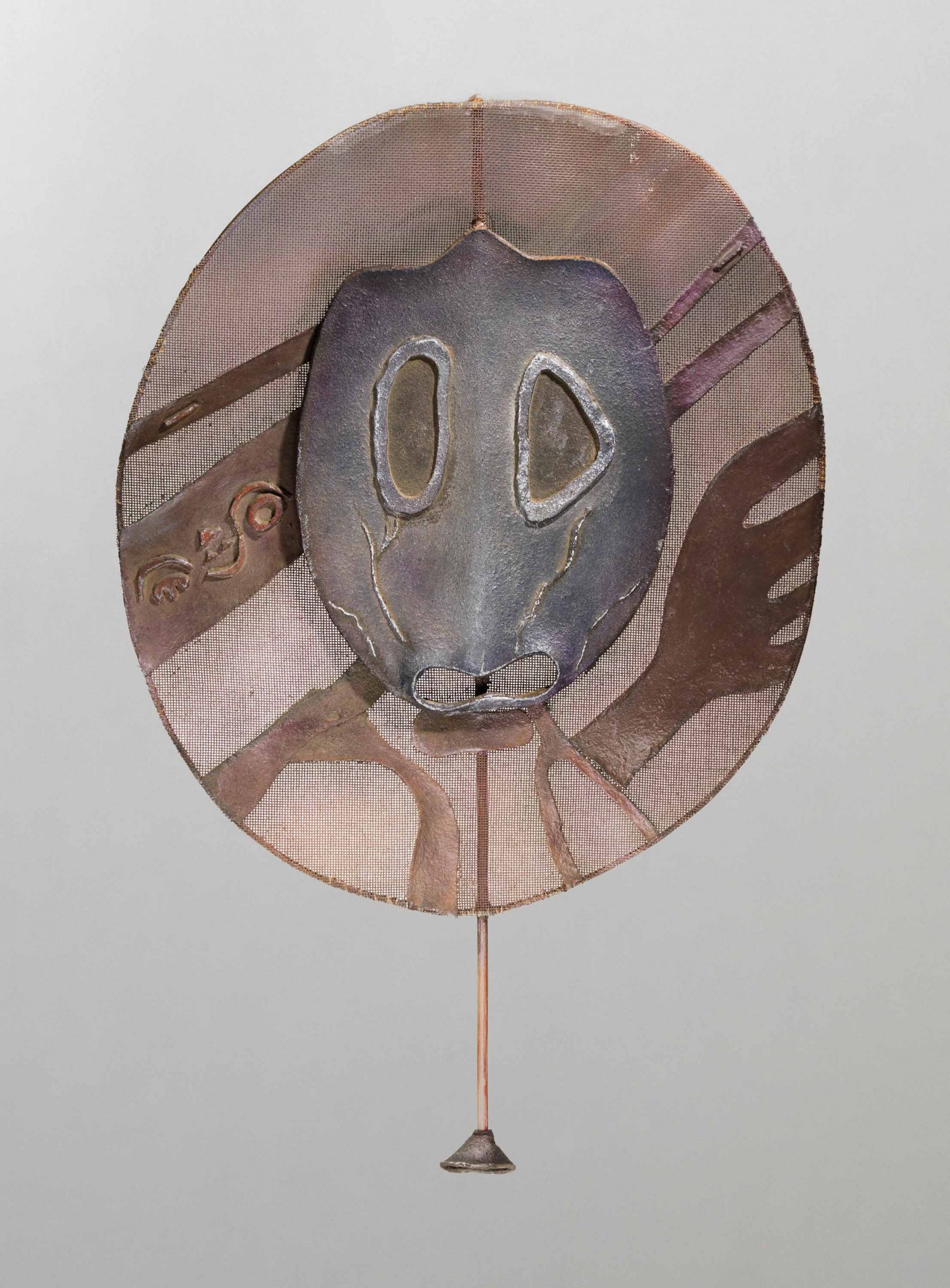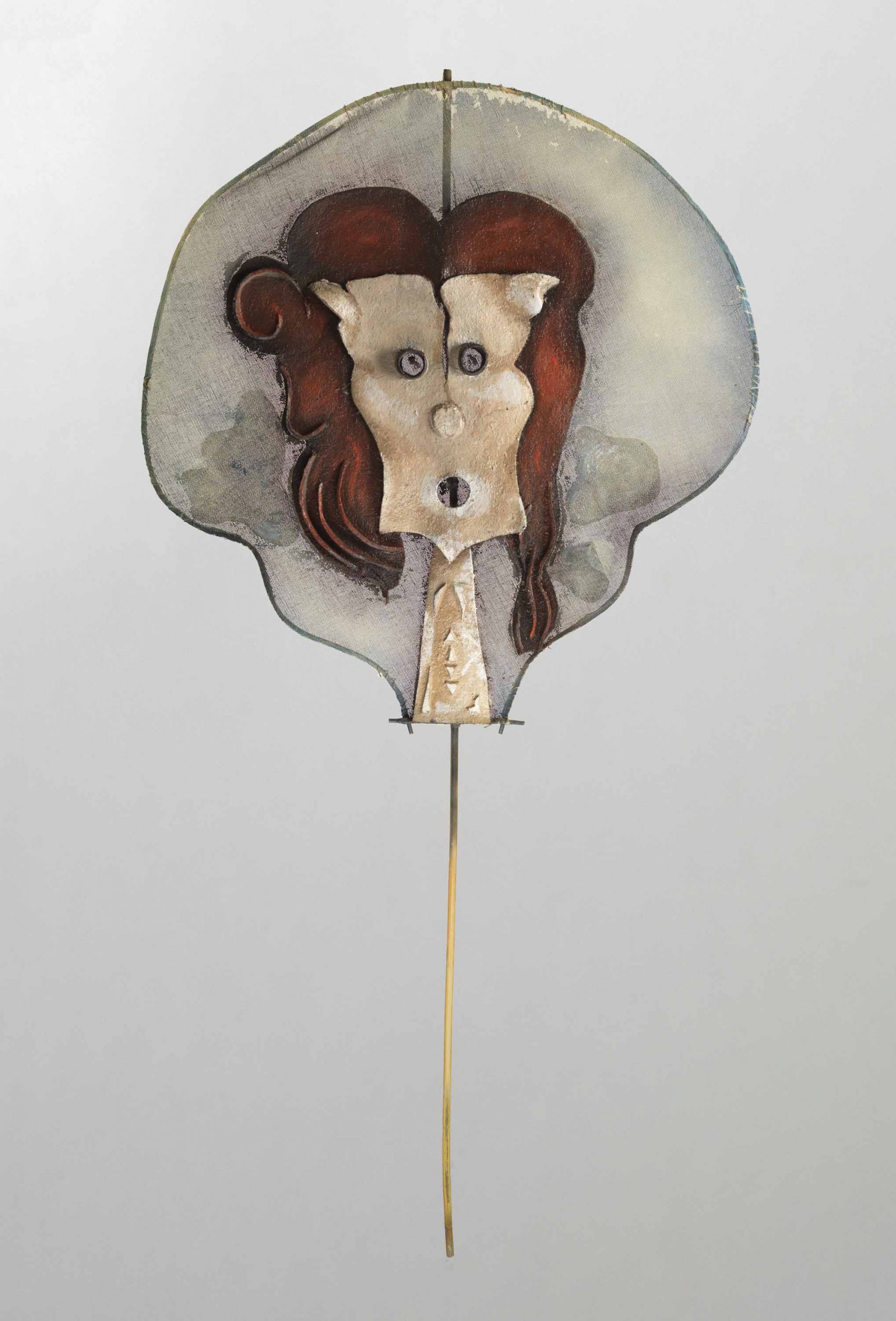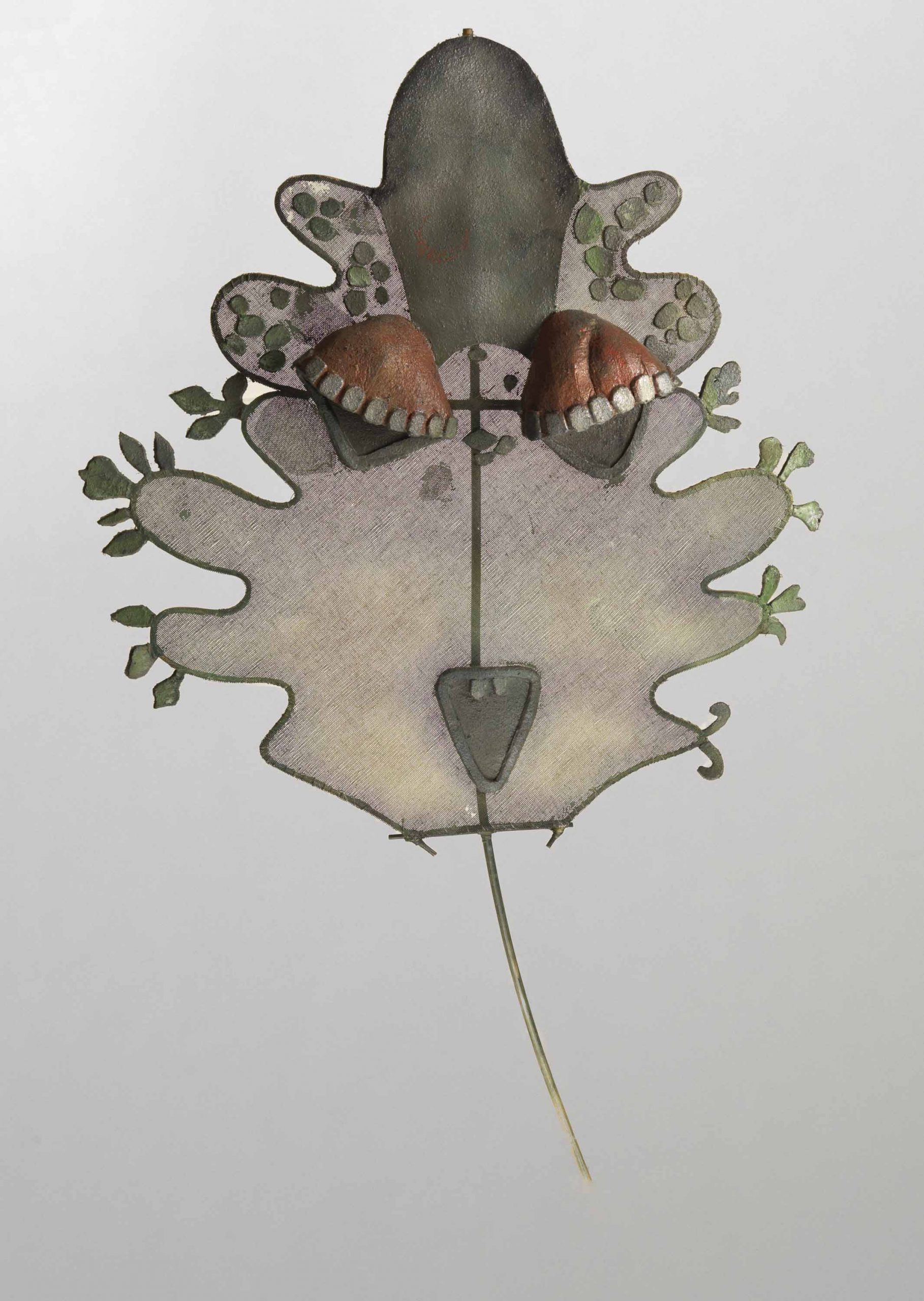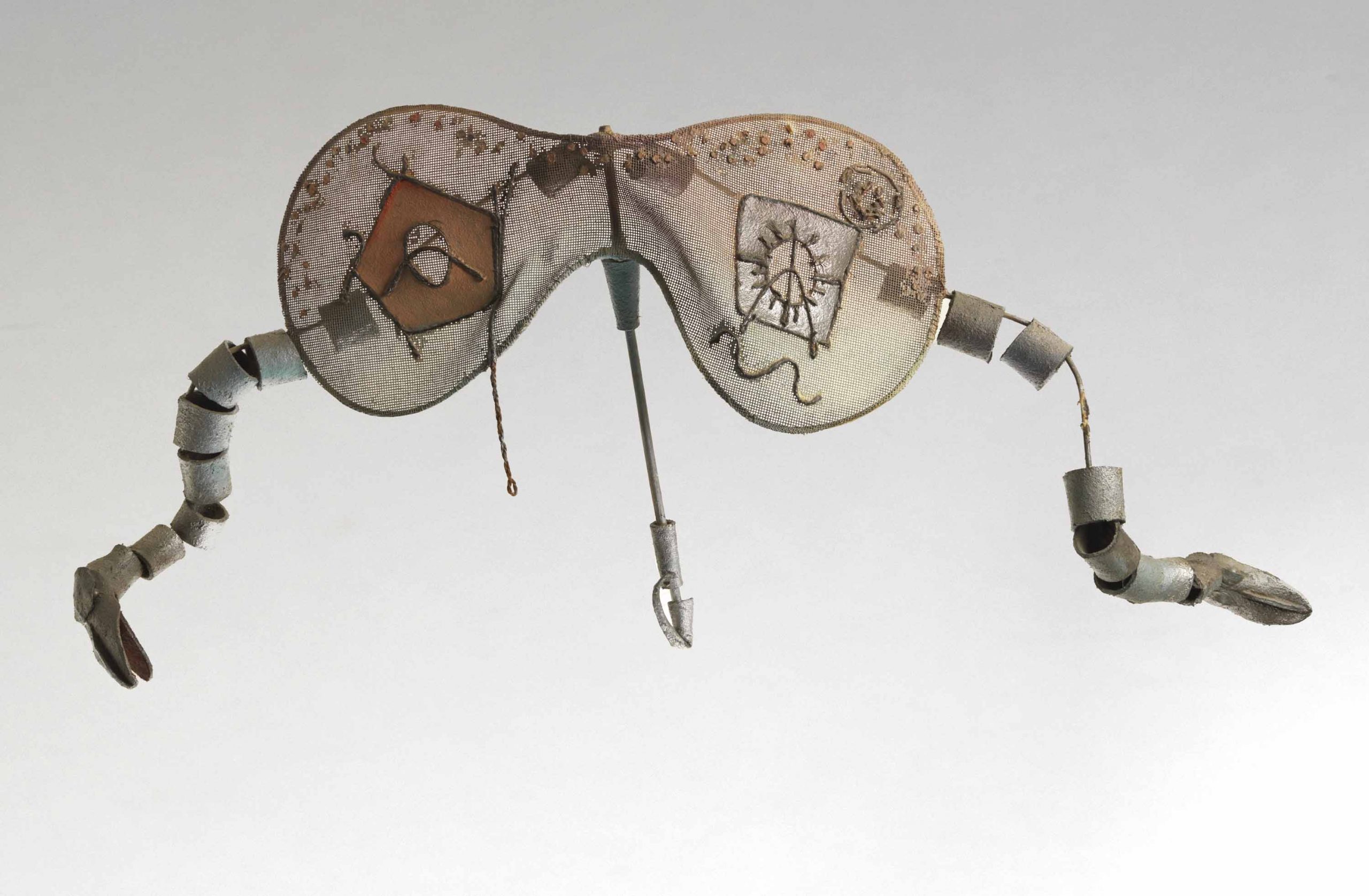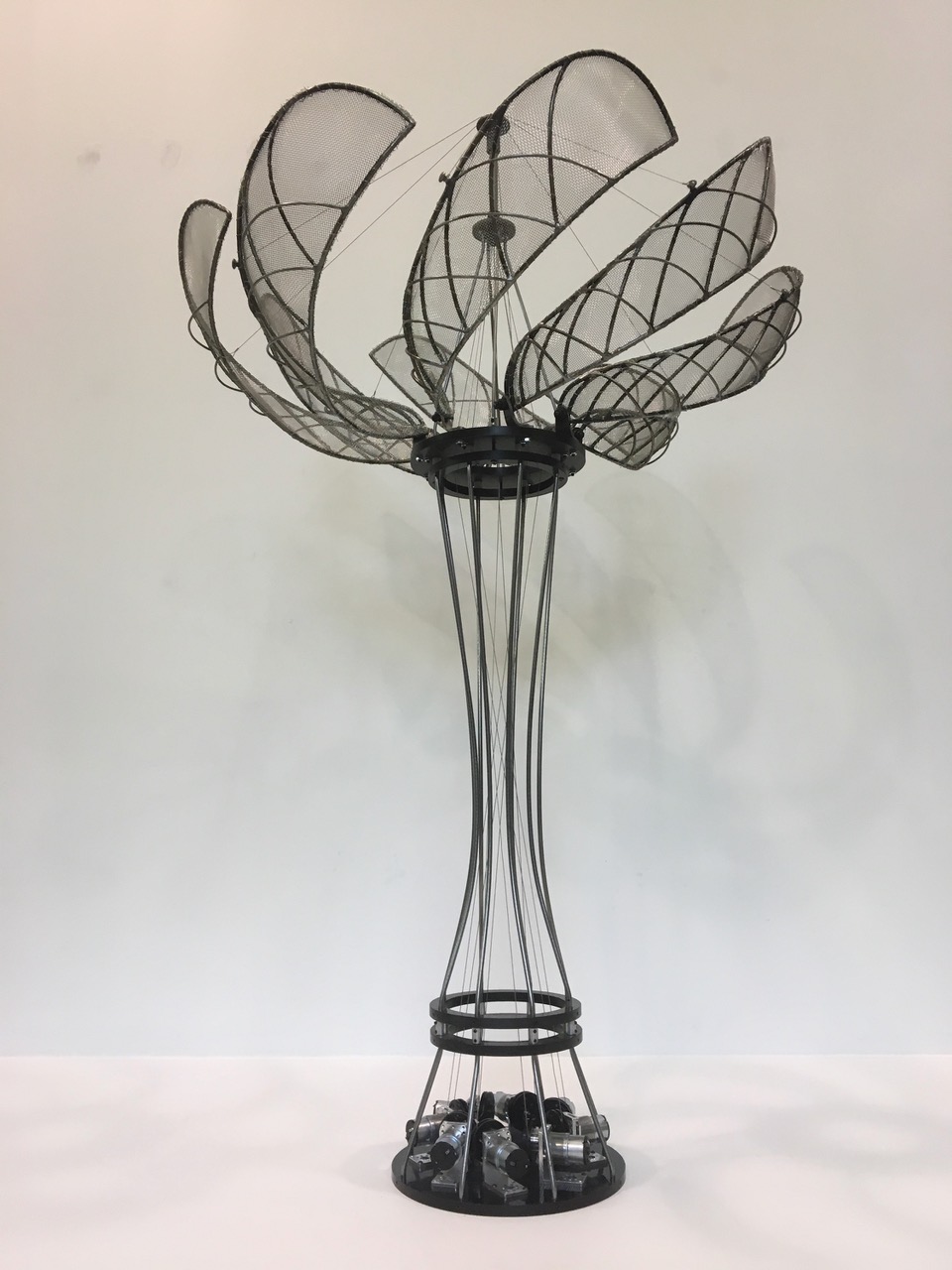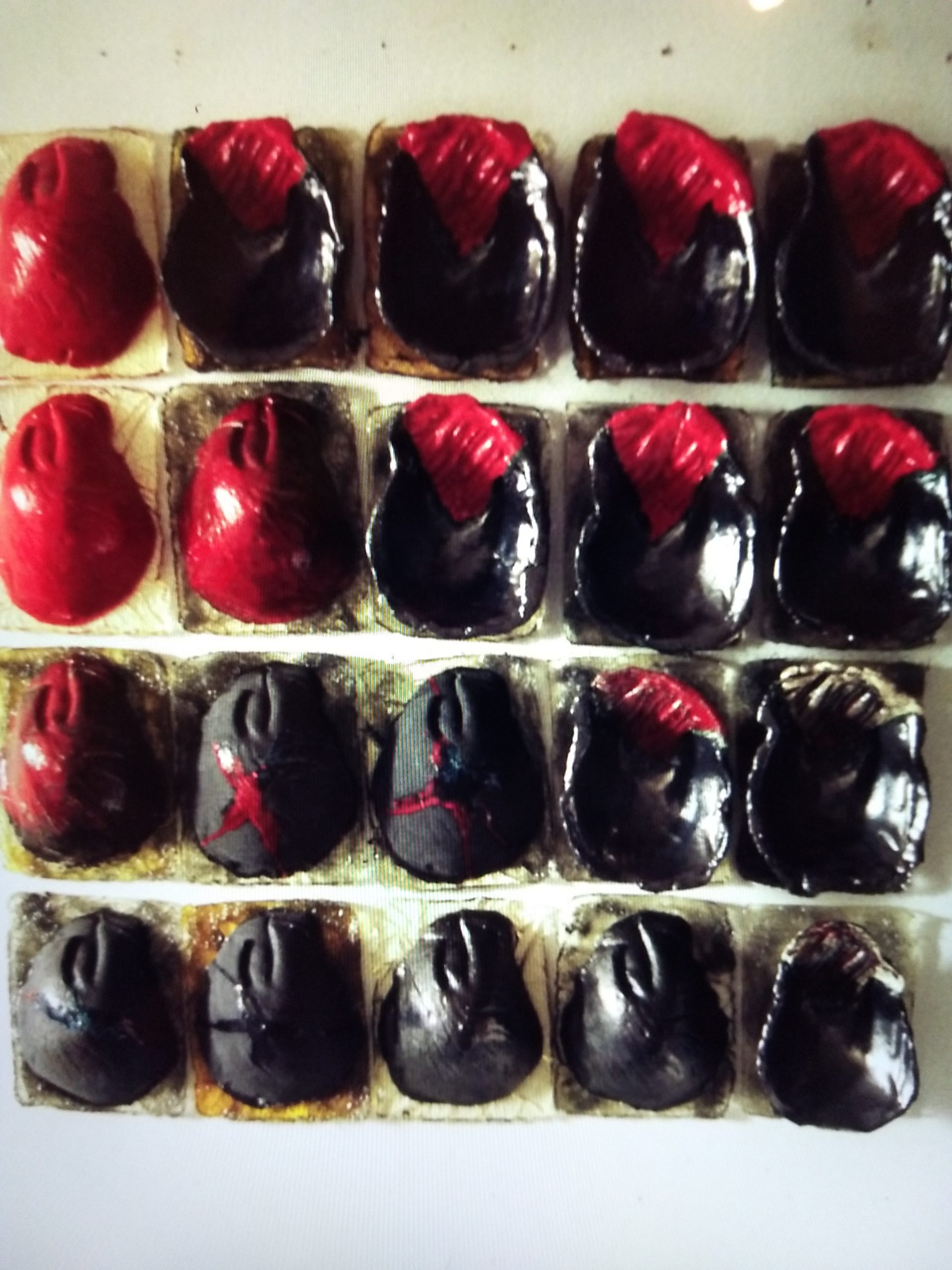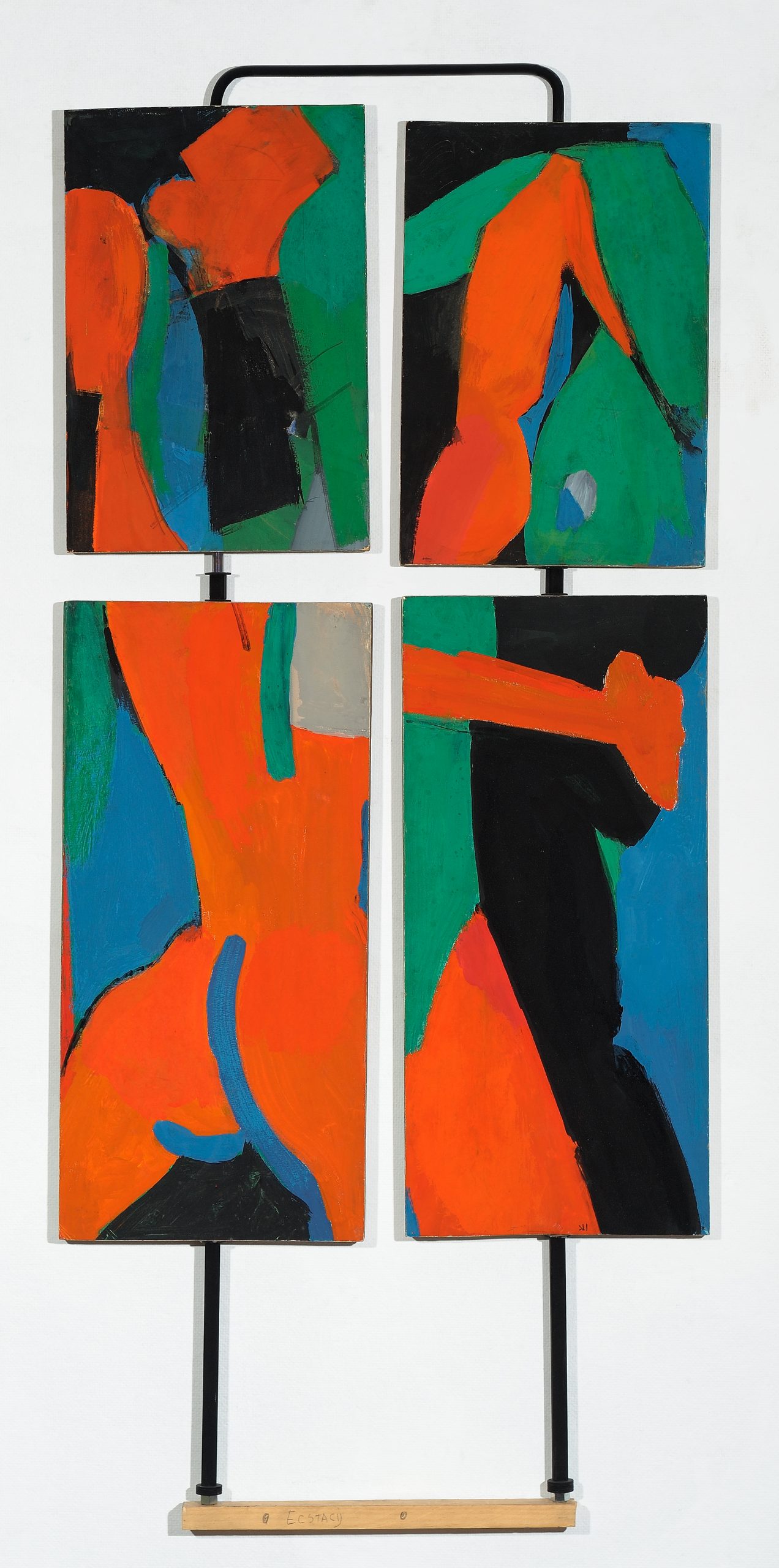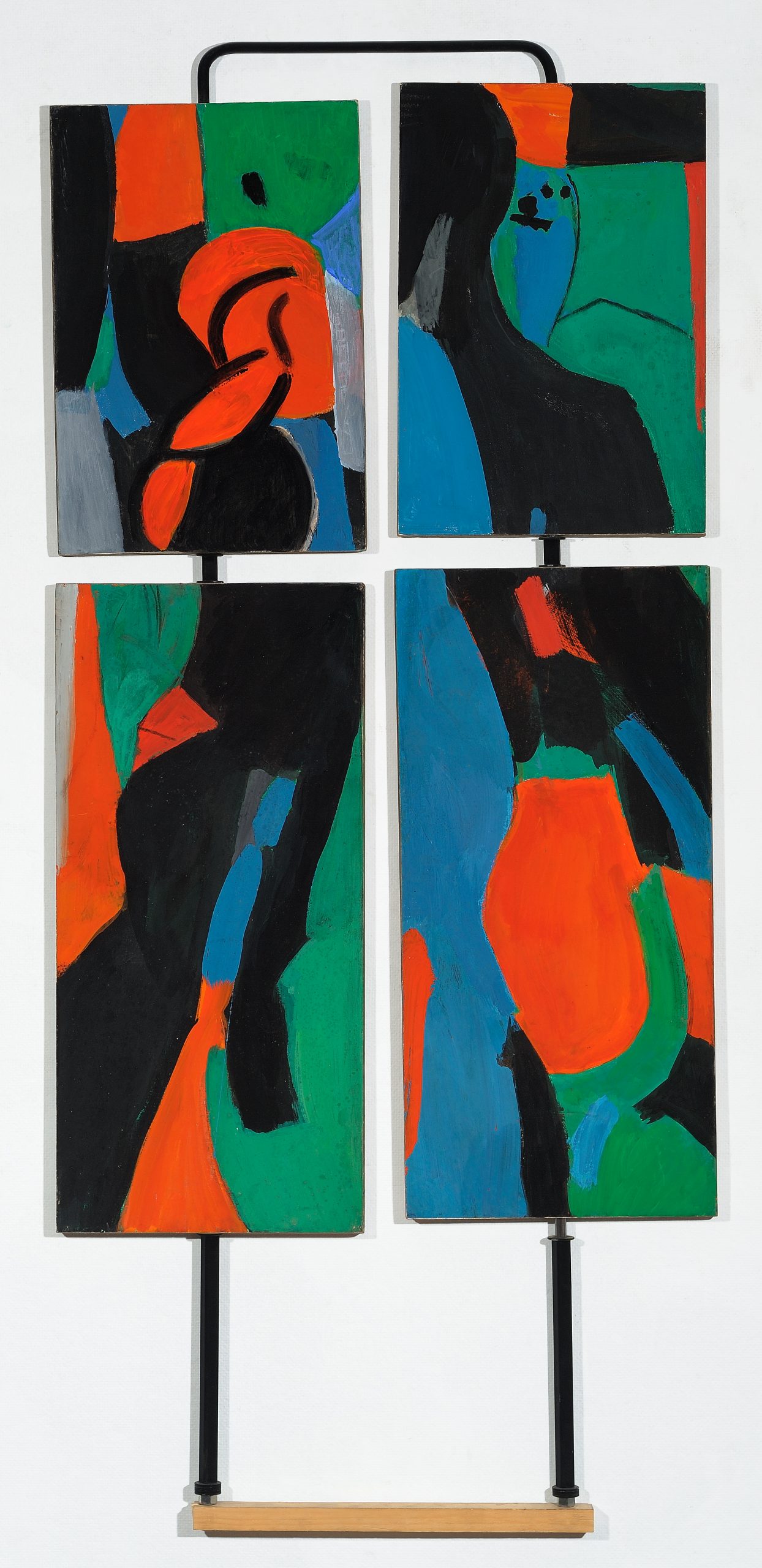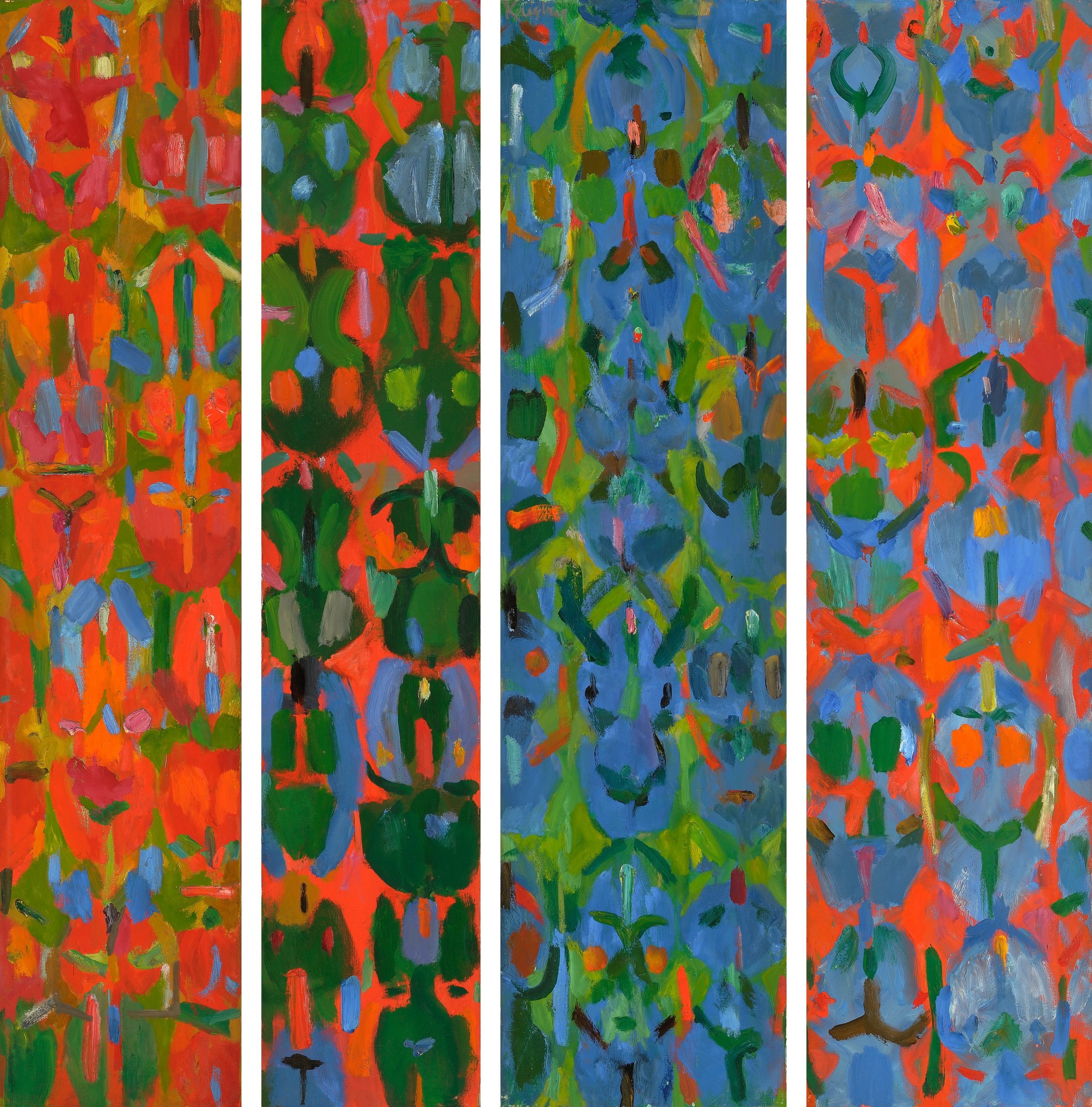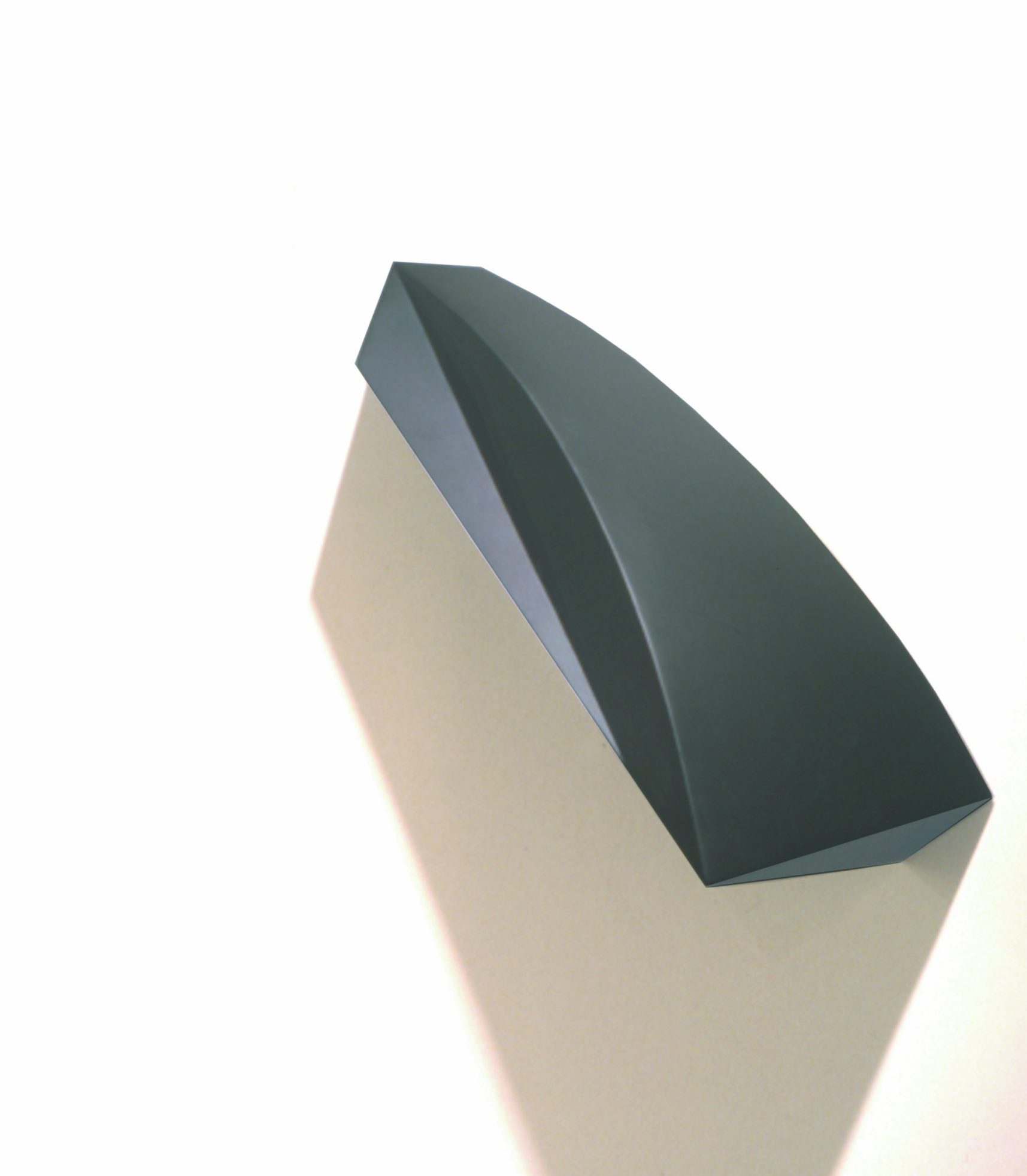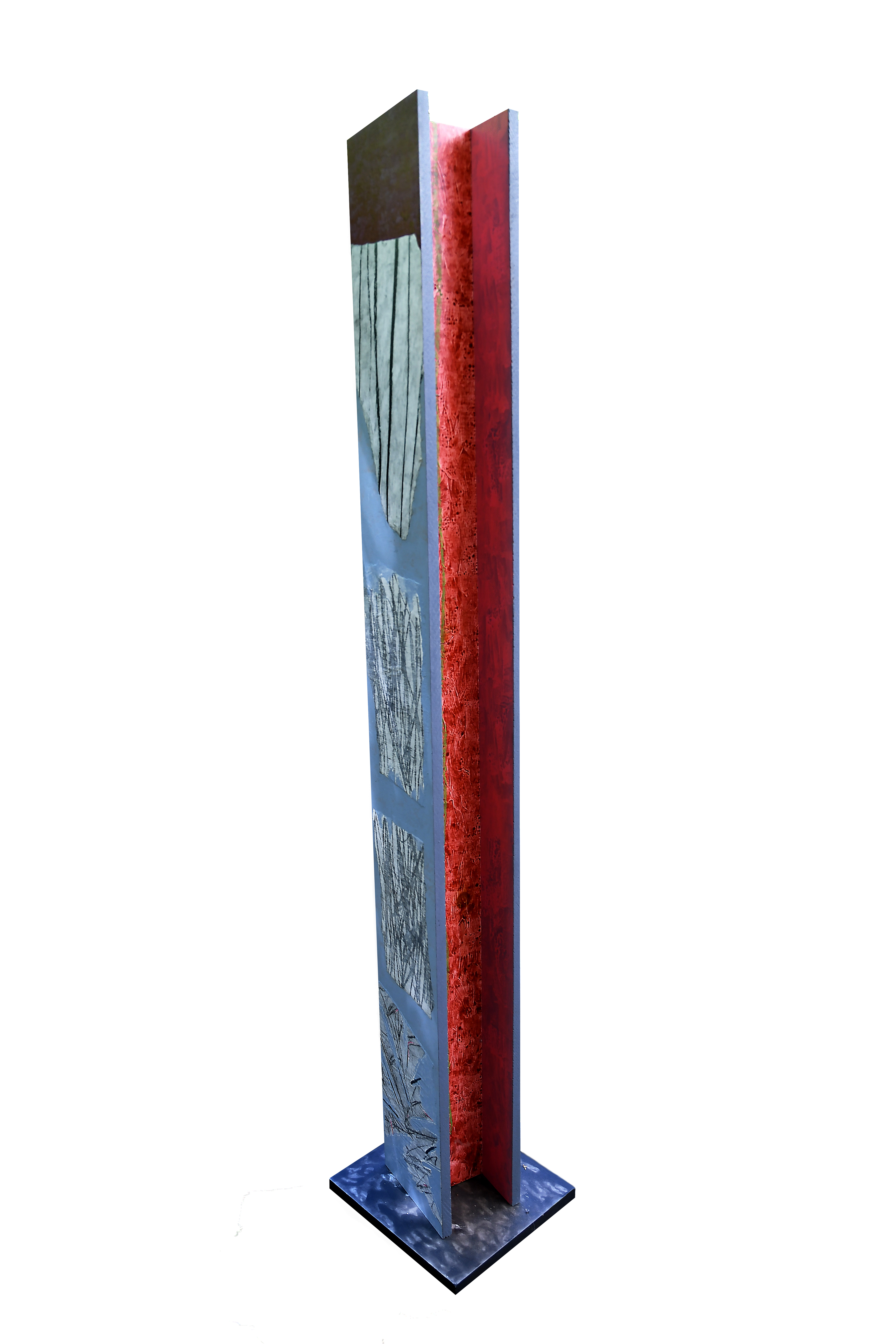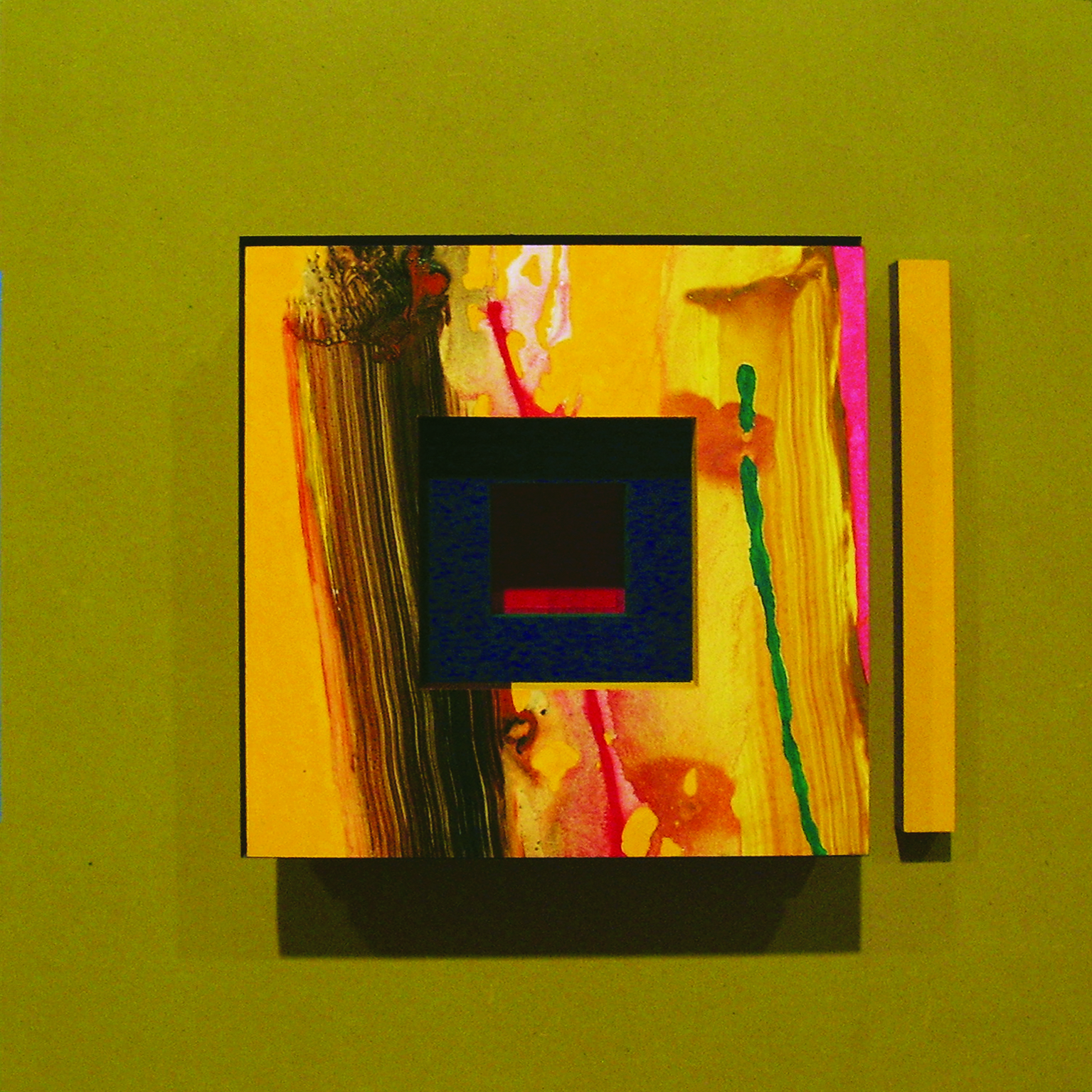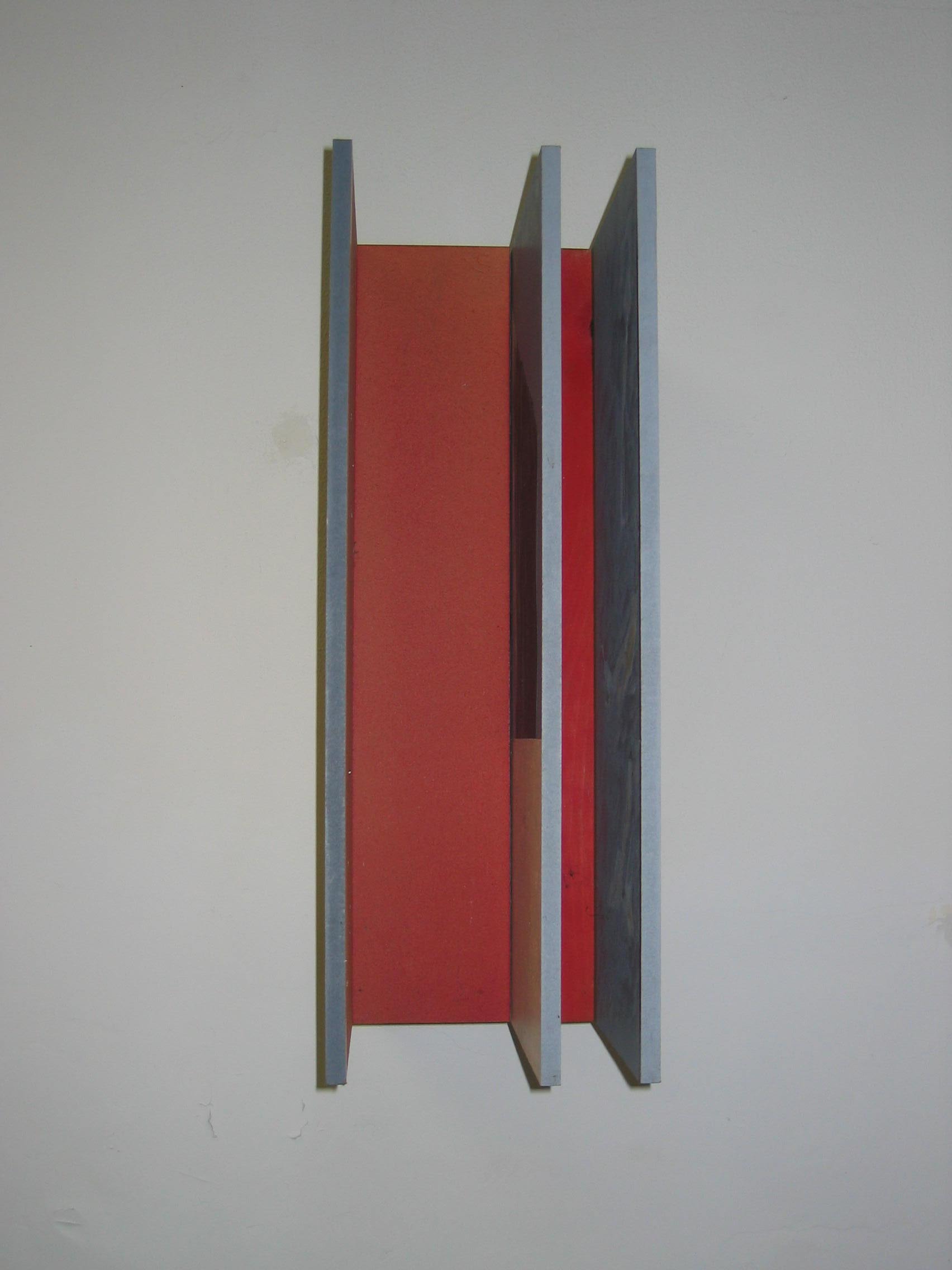Previous Exhibition
"OFF THE WALL"
September 15, 2020 - January 8, 2021
It is rare for a gallery to present a series of work that is specifically three-dimensional. Anita Shapolsky Gallery is proud to exhibit a unique collection of sculptures and paintings featuring pieces from abstract expressionists alongside expressionist artists of today. It is significant to note that although these artists came from varying times and places, the common thread that binds them is their limitless expression of their craft that take them literally “Off The Wall”.
Irving Kriesberg was known for combining elements of Abstract Expressionism with figurative elements of human and animal forms. His work blurs the line between abstraction and representation during a time when many artists had chosen complete abstraction. His unique childlike style can be seen influencing the young abstract artists of today. Kriesberg made his debut with Jackson Pollock and Mark Rothko at the landmark 1952 exhibition Fifteen Americans at the New York Museum of Modern Art curated by Dorothy Miller. Kriesberg held teaching positions in highly regarded academic institutions including Yale and Columbia. He seldomly discussed his own art but once permitted that “dreamlike images have mystical intent.” Indeed this points to the artist’s wide range of influences drawn from participation in a wide range of cultural and aesthetic mindsets picked up from his numerous worldly travels. The poet and art historian George Nelson Preston said of Kriesberg, “He has never consciously sought a counter aesthetic through purely painterly means. He has been a leader in innovation through eccentricity of composition and exposition of an internal mental dialect of polarities. The means by which this has been carried out are largely through the presentational motifs of proscenium, setting, and encounter.” His work is represented in over fifty public collections including The Museum of Modern Art, The Whitney, the Brooklyn Museum, and many others.
In the 1950’s, William Manning was recognized as the first native Maine painter to work abstractly. As a teacher at the Portland School of Art, he was fired for what was considered a radical philosophy in teaching and painting. He co-founded Concept, a School of Visual Studies. Many of the students he taught became recognized artists in the US. He was heavily involved in the New York art scene for over 25 years, meeting and showing with many of the first and second generation abstract expressionists. Whether looking at his paper, canvas, three dimensional or vertical paintings, his intense graphic designs serve as the result of the union of Cubist and Abstract Expressionist styles. His paintings, both through medium and form, strike the viewer visually and spatially leaving them with a liberated sense of color, design, and shape. He is included in numerous collections throughout the United States and Europe.
Painter and writer Leonora Carrington redefined female symbolism and imagery in Surrealism. She was concerned with the dream world and the symbolic intermediaries connecting it to reality. Rejecting the surrealist ideal of women as muses, a source of creative energy for men, she turned to the animal world, the occult, and, drawing on her own background, Celtic myth. She lived most of her adult life in Mexico City, arriving there in 1943 fleeing the war in Europe. She was one of the last surviving participants in the surrealist movement of the 1930’s. Carrington was a founding member of the Women’s Liberation Movement in Mexico during the 1970’s. Today, Carrington’s works are included in the collections of The Museum of Modern Art in New York, the Peggy Guggenheim Collection in Venice and the Tate Gallery in London, among others. We are exhibiting six giant theater masks the artist designed in 1976 for her never-produced play, “Opus Siniestrus: The Story of The Last Egg.” Written in 1969 as an indictment against the patriarchal societies women have been subjected to for centuries with a hope that the salvation—or the transformation—of our planet lay in the hands on women. The story, saturated with bawdy humor and remarkably prophetic themes, is set in an apocalyptic world where all women eventually die off, leaving but one prospect for survival: an ostrich egg.
Mark Gibian’s iconic permanent sculptures can be recognized throughout New York City. His three sculptures “Serpentine Structures” are currently in the Tribeca segment of the Hudson River Park. His works have been installed at the Brooklyn Bridge City Hall subway station, and at the Northside Pier in Williamsburg. He has commissions from New York city and state. About his works, Gibian says that they are multimedia, abstract, and evocative of natural forms. The urban landscape may be the best environment in which Gibian’s objects can reside; the duality of biological and manufactured forces within his sculptures are best experienced in metropolitan parks and spaces where the industrial and the natural unite. The work is abstract, yet organic and evocative. The artist fabricates it himself to control the process: heating, bending, cutting, hammering and grinding industrial materials to transform them into curvy soft and suggestive forms. We are exhibiting his newest sculpture, “Mechanical Flower #1” created with his collaborator James Polk and other works.
Morfy Gikas was born in Athens, Greece where she was fully engaged in the local art scene, exhibiting her work in many solo and group shows. In the United States she lived and worked in Long Island City, exhibiting with New York galleries such Anita Shapolsky Gallery, Kouros Gallery, and André Zaire Gallery. She has participated in many Greek-American artist exhibitions including ones at Cooper Union, Queens Museum, the Gallery d’Arte and the Anya and Andrew Shiva Gallery. Of her work, she says ceramic is the most ritualistic of artistic experiences; as it is a direct connection with Earth and Water. Her work is included in various global art collections. The sculpture we are exhibiting is composed of 20 units representing harmony, rhythm and relativity. By using an even number of components, the artist focuses on balancing themes of men and women, day and night, life and death, love and hate, and positivity and negativity.
With a background in political science and a childhood spent growing up in the South, Nancy Steinson has a unique approach to sculpture. She studied under Peter Agostini in New York and was heavily influenced by Brancusi. Steinson’s work is often described as “lyrical”, “sensuous”, and “graceful”. These words do not suffice in an understanding of the artist’s intention. While most of her sculptures are made of steel, Steinson exceeds industrial terms while staying true to clarity of form and ignoring the nonessential. The artist strays away from a purely minimalist style, opting for a mergence of curvilinear and planar forms which can result in soft and hard objects that never bore the viewer. Steinson continues to exhibit in galleries and museums around New York and has participated in numerous national and international group and solo shows. She is in many private collections including the A.S. Art Foundation.
.
"OFF THE WALL"
September 15, 2020 - January 8, 2021
ANITA SHAPOLSKY GALLERY
152 E 65th STREET
NEW YORK, NY 10065
Gallery hours:
Tue - Sat, 11:00 am - 6:00 pm
info@anitashapolskygallery.com
212.452.1094
ARTISTS
LEONORA CARRINGTON
MARK GIBIAN
MORFY GIKAS
IRVING KRIESBERG
WILLIAM MANNING
NANCY STEINSON
Installation
Views
Works

